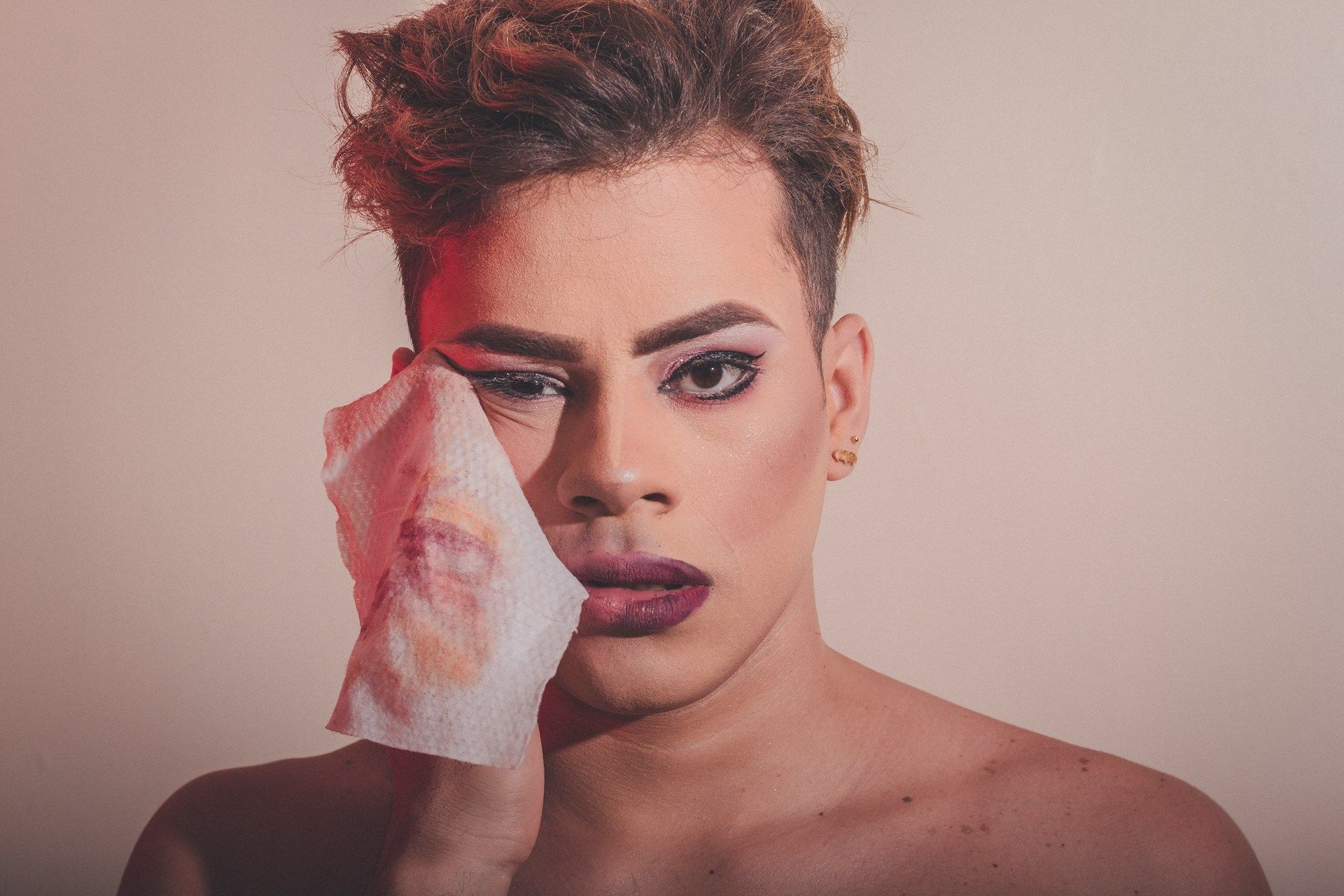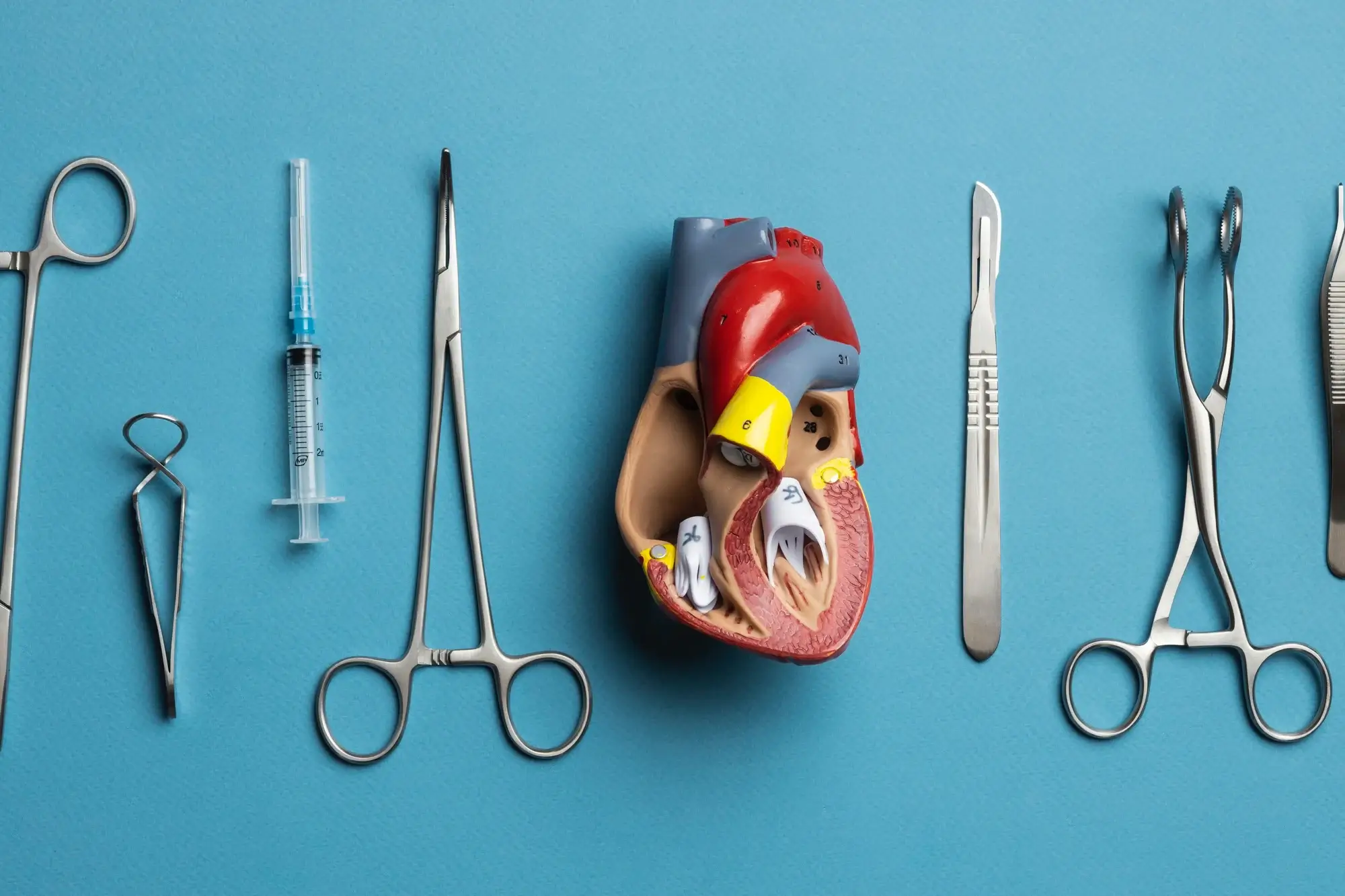What is Facial Feminization Surgery (FFS)? Procedures, Costs, and Recovery

Looking in the mirror should feel like recognizing yourself. But for many transgender women and non-binary individuals, facial features may not match their true identity. This mismatch can lead to discomfort, dysphoria, and a desire for change.
Facial Feminization Surgery (FFS) offers a way to bridge that gap. By reshaping masculine facial traits into softer, more traditionally feminine features, FFS helps individuals feel more comfortable and confident in their appearance.
But what exactly is FFS surgery? How does it work? And is it the right choice for you? This blog covers everything you need to know about FFS, including procedures, pricing, and what to expect during recovery. Read on to find out more!
What is facial feminization surgery (FFS)?
Facial Feminization Surgery (FFS) refers to a collection of surgical and sometimes non-surgical procedures designed to alter masculine facial features into ones that are more feminine.
These procedures address differences in bone structure, soft tissues, and other facial elements that distinguish male and female faces. Common areas targeted include the forehead, nose, jawline, chin, lips, and Adam's apple.
FFS is a deeply personal decision. Many people opt for it to feel more comfortable in their skin and align their physical features with their gender identity. Studies indicate that gender-affirming surgeries, including FFS, result in improved mental health and self-esteem post-FFS.
Who is FFS surgery for?
You might be wondering—am I a good candidate for FFS surgery? The answer depends on your personal goals and how you feel about your facial features.
FFS is primarily for transgender women and non-binary individuals who were assigned male at birth but want to achieve a more feminine facial structure. However, cisgender women who feel their facial features are too strong or masculine may also undergo FFS to enhance their femininity.
People who undergo FFS often experience gender dysphoria, where their facial features don’t align with their gender identity.
If you’re considering FFS, you might relate to one or more of these:
-
You feel that your facial features don’t match your gender identity.
-
You experience gender dysphoria related to your facial appearance.
-
You want to feel more confident in your skin.
-
You’re tired of being misgendered.
Before moving forward with FFS, you should:
-
Must be 18 years or older (facial bones must be fully developed).
-
Have realistic expectations about surgical outcomes.
-
Be in good health and free from medical conditions that may delay healing.
-
Be psychologically prepared for the emotional aspects of surgery.
Benefits of FFS
Beyond aesthetics, FFS can have profound emotional and psychological impacts. Here are some of the main benefits:
-
Increases confidence and self-esteem
-
Reduces gender dysphoria
-
Improves social interactions
-
Improves mental health and quality of life
-
Long-lasting results – Unlike makeup or temporary treatments, FFS provides permanent changes that require little maintenance.
Common facial feminization surgery procedures
FFS is a combination of different procedures tailored to each person. Let’s take a look at some of the most common ones:
Forehead contouring and reduction
Forehead contouring smooths and reshapes the forehead by reducing the brow ridge, making the face look softer and more feminine. Since masculine foreheads tend to be more prominent, this procedure helps create a gentler slope.
Hairline lowering (Scalp advancement)
If your hairline sits high or has a more M-shaped recession, hairline lowering can bring it forward and round it out for a more traditionally feminine shape. This is done by moving the scalp slightly forward.
If you’ve ever felt self-conscious about a high forehead, this procedure can make a big difference. It’s commonly paired with forehead contouring.
Brow lift (Browplasty)
A brow lift raises the eyebrows to create a softer, more open expression. Since masculine brows tend to sit lower and flatter, lifting them adds a gentle arch that enhances femininity. This procedure also helps reduce forehead wrinkles and gives the eyes a more refreshed look.
Rhinoplasty (Nose job)
The nose is one of the most defining features of the face. Typically, masculine noses are larger, with a higher bridge and a more defined tip, while feminine noses tend to be smaller, with a softer slope. A feminizing rhinoplasty reshapes the nose to match these features.
Cheek augmentation or reduction
High, full cheekbones are often associated with femininity. If your cheeks are naturally flat, cheek augmentation can add volume using implants or fat transfer. On the flip side, if your cheekbones are naturally very angular or wide, cheek reduction can soften them.
This is a simple but effective way to enhance facial balance. Many people who get this procedure report feeling that their face looks more youthful and vibrant afterward.
Lip lift and lip augmentation
A lip lift shortens the space between the nose and upper lip, making the lips look fuller and more youthful. Since fuller lips are a key feminine feature, this procedure is a common part of FFS. Lip lifts improve lip proportions and facial balance, helping to create a softer, more feminine appearance.
Jaw contouring (Mandibular angle reduction)
A sharp, angular jawline is often seen as a masculine feature. Jaw contouring softens the angles of the jawbone, creating a more delicate, oval-shaped face.
Since the jawline plays a huge role in facial structure, studies show that jaw reduction significantly improves gender recognition accuracy, meaning that after this procedure, people are more likely to perceive your face as feminine.
Chin contouring (Genioplasty)
The chin is another major factor in gender perception. Masculine chins tend to be wider, longer, and more square-shaped, while feminine chins are narrower and more rounded. Chin contouring, or genioplasty, reshapes the chin by either removing excess bone or using implants to adjust its shape.
Tracheal shave (Adam’s apple reduction)
A visible Adam’s apple is one of the noticeable features of a masculine throat. A tracheal shave (also called chondrolaryngoplasty) reduces the size of the thyroid cartilage, making the neck appear smoother. The incision is usually hidden under the chin or jawline, so scarring is barely noticeable.
Fat grafting or liposuction for facial contouring
Soft, rounded facial features are typically seen as more feminine. Fat grafting transfers fat from one part of the body (like the thighs or stomach) to areas like the cheeks, temples, or under the eyes, adding youthful volume.
On the other hand, facial liposuction removes extra fat from areas like the jawline or lower cheeks to create a more delicate contour.
Other non-surgical procedures involved in facial feminization
Non-surgical procedures play an important role in facial feminization, either as standalone treatments or as enhancements to surgical results. These options are minimally invasive, offering temporary yet noticeable changes with little to no downtime.
Injectable treatments like dermal fillers and Botox help soften facial features by adding volume to the lips, contouring the jawline, and smoothing fine lines.
Laser treatments, including laser hair removal, effectively reduce facial hair for a smoother look, while laser skin resurfacing improves skin texture and tone.
Eyebrow shaping techniques such as threading and waxing help refine the brows for a delicate, feminine look.
These non-surgical options allow individuals to explore facial feminization without committing to permanent surgical changes.
How much does FFS cost?
One of the biggest concerns for many people considering FFS is the cost. The price of FFS varies widely depending on where you go, the experience of your surgeon, and how many procedures you get. Here’s a breakdown of average costs in different countries:
| Country | Average Cost Range of FFS |
|---|---|
| United States | $20,000 - $50,000 |
| United Kingdom | £15,000 - £30,000 |
| South Korea | $20,000 - $30,000 |
| Thailand | $15,000 - $25,000 |
| Turkey | $8,500 - $18,500 |
Note: Costs vary based on the number of procedures, surgeon expertise, and clinic location.
Worried about the cost of FFS? Get access to top surgeons at affordable prices with QCG!
Preparing for facial feminization surgery (FFS)
Being well-prepared can make your FFS journey smoother and stress-free. Here’s what you need to do before surgery:
Pre-surgery consultation and evaluations
Before scheduling FFS, you’ll have a detailed consultation with your surgeon. This step includes discussing your goals, reviewing your medical history, and planning the procedures that best suit your facial structure.
Many surgeons use 3D imaging to give you a realistic preview of your potential results. You may also need blood tests, CT scans, or a BMI check to confirm you’re fit for surgery.
How to prepare physically and mentally
FFS is a major procedure, so preparing both your body and mind is essential. Physically, you’ll need to:
-
Quit smoking and alcohol at least six weeks before surgery to help your body heal faster and lower the risk of complications.
-
Stop certain medications (like blood thinners) as advised by your surgeon.
-
Arrange for post-surgery care, as you’ll need help during the first few days.
-
Eat a balanced diet rich in protein and vitamins to support your body’s recovery.
Mentally, it’s important to set realistic expectations and prepare for the emotional impact of surgery. Feeling both excited and nervous is completely normal. If you have a therapist, talking through any concerns can help you feel more confident and ready for the journey ahead.
Risks and considerations
Like any surgery, FFS comes with risks. Common complications include swelling, bruising, numbness, and scarring, though most of these improve over time. More serious risks—such as infection (0.48% of cases) or nerve damage—are rare but possible.
Choosing a board-certified surgeon with extensive FFS experience significantly reduces these risks. Always follow pre- and post-op instructions carefully to ensure a safe recover
FFS recovery process
Healing after FFS takes time, but knowing what to expect can make the process easier. Here’s a breakdown of the recovery journey:
Immediate post-operative care
Right after surgery, you’ll likely experience swelling, bruising, and mild discomfort. The swelling peaks around 72 hours post-op, and your face may feel tight or numb.
Doctors often prescribe pain medication and antibiotics to keep you comfortable and prevent infections. Ice packs and head elevation help reduce swelling, and compression bandages may be used to support healing.
Expected recovery timeline
Recovery varies from person to person, but here’s a general timeline:
-
First week: Significant swelling and bruising; rest as much as possible.
-
1–2 weeks: Most patients feel well enough to resume light activities or work.
-
6 weeks: Swelling subsides, and you can start exercising again.
-
3–6 months: Face starts to settle into its new shape.
-
12 months: Final results become fully visible as residual swelling fades.
Most patients notice major improvements within the first few months, but patience is key—your face will continue refining itself over time.
Tips for faster healing
Speed up your recovery with these simple tips:
-
Limit salty foods to prevent fluid buildup and puffiness.
-
Sleeping with your head elevated can help control swelling.
-
Stay hydrated and eat a protein-rich diet to support tissue repair.
-
Follow your surgeon’s instructions carefully and don’t skip follow-up appointments.
Taking care of yourself during recovery will help you heal faster and get the best possible results.
Before and after FFS – What to expect
FFS can bring life-changing results, but it’s important to set realistic expectations. Immediately after surgery, swelling can make your face look different from what you expected. This is completely normal—it takes time for the final results to appear.
Many people experience a major boost in quality of life, reduce gender dysphoria, and improve overall patient satisfaction. Research also highlights the psychological and social benefits of FFS, as it helps reduce gender dysphoria and improves mental well-being. High satisfaction rates are consistently reported, with most patients pleased with their results and experiencing fewer instances of being misgendered.
Is FFS painful?
FFS is generally less painful than many expect. Most people experience mild to moderate discomfort, with swelling and tightness being more prominent than actual pain.
Surgeons prescribe pain medication to keep discomfort under control, and within a week, most people feel significantly better. Following your post-op care plan can further ease recovery and speed up healing.
Considering FFS abroad? Quality Care Global (QCG) connects you with top-certified FFS surgeons worldwide, ensuring a smooth experience from consultation to recovery. Get personalized guidance and world-class treatment!

